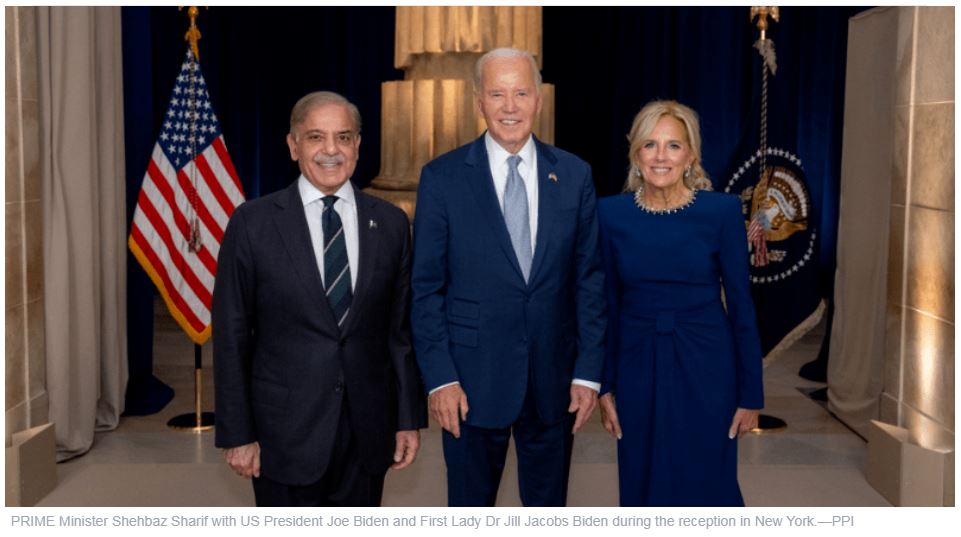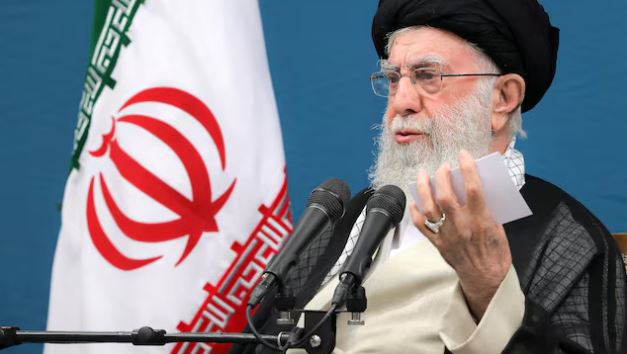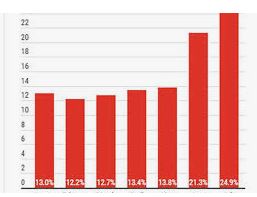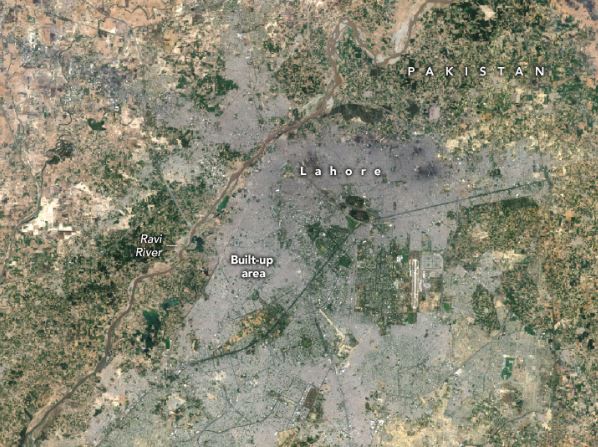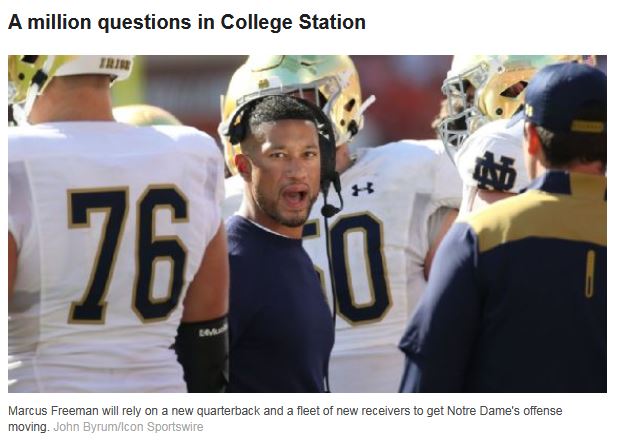
No survivors after collision between passenger plane and Army helicopter
An Army pilot who has flown Black Hawk helicopters around Reagan National Airport in the Washington, DC, area told CNN the Army’s flights are routinely planned down to the smallest detail — which is even more important when navigating the area’s complex airspace.
“People are like, ‘This looks intentional,’ and I cannot stress enough that this is already a very congested area for both those aircraft,” an Army pilot who previously flew with the unit connected to the crash told CNN. “It’s already very difficult modes of flight for both aircraft …The idea this could in any way be intentional, that’s not even on the table.”
By Army regulation, the pilots would have had to brief their entire flight plan within their unit before taking to the air, the pilot said. The crew would assess the plan on a series of risks — the weather, how much light are they expecting, what maneuvers do the pilots intend to do, where they will land, and more.
Based on the risk, a senior briefer — typically a senior pilot — will assess the plan and approve or disapprove parts of their flight plan; that assessment will then be run by the unit’s commander, then submitted to the FAA.
“It’s an incredibly complex series of risk mitigation that happens leading up to them going out and flying in this situation,” the pilot said. But with that level of detail being planned out before the flight, the pilot said it would be “very simple things” that would have to go wrong to result in the tragedy that occurred Wednesday night.
The pilot also rejected the theory that the Black Hawk didn’t have its transponder on, which has been surfacing on social media as a potential cause for the crash. There are multiple layers of things that would have to go seriously wrong for an aircraft without its transponder on to ever be inside that airspace, the pilot said, especially given post-9/11 safeguards.
Credits: https://edition.cnn.com/us/live-news/plane-crash-washington-dc-trump-01-31-25/index.html

